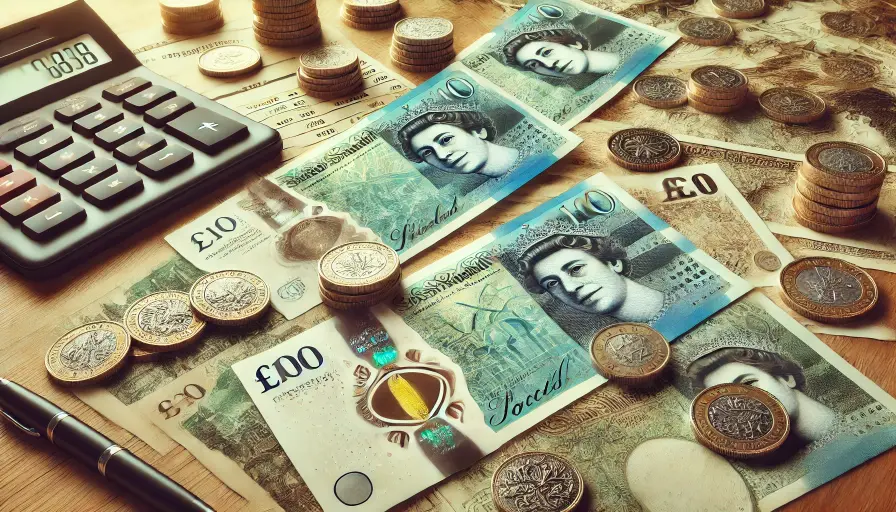Expectations are mounting that the Bank of England (BoE) will initiate interest rate cuts this week. The GBP/USD pair may have already peaked in the medium term.
The BoE is set to release its latest monetary policy report this week, with financial markets pricing in over a 60% chance of an interest rate cut on Thursday at noon UK time. At the June meeting, the decision to maintain rates was considered “finely balanced,” as annual inflation dropped to 2% in May, meeting the central bank’s target. However, UK services inflation remained high at 5.7%, slightly down from 6% in March, largely due to prices that are index-linked or regulated and typically adjusted annually.
If the UK Bank Rate is not reduced this week, markets have fully priced in a cut for the September 19 meeting.
The anticipation of rate cuts is reflected in short-term UK borrowing costs, with the yield on the 2-year Gilt steadily declining since early June, reaching its lowest level in 14 months.
GBP/USD Performance and Sentiment Analysis
In mid-July, the GBP/USD touched a one-year high of 1.3045, driven by a weaker US dollar. Since then, the pair has retreated by about two cents due to lower bond yields and increased rate cut expectations. The US Federal Reserve is also set to announce its latest monetary policy one day before the BoE, with markets only assigning a 4% chance of a rate cut from the Fed. If the Fed holds rates steady, GBP/USD is unlikely to reach 1.3000 in the coming weeks. A UK rate cut combined with a US hold could put pressure on the 1.2750 level, followed by 1.2667 and the 38.2% Fibonacci retracement area at 1.2626.
Retail trader data indicates that 42.09% of traders are net-long, with the ratio of traders short to long at 1.38 to 1. The number of traders net-long has increased by 10.30% from yesterday but is 1.57% lower than last week. Meanwhile, traders net-short have decreased by 7.86% from yesterday and 19.09% from last week.
Typically, a contrarian view is taken to crowd sentiment, suggesting that GBP/USD prices may continue to rise. However, recent changes in sentiment indicate that the current GBP/USD price trend might soon reverse lower despite traders remaining net-short.

